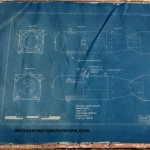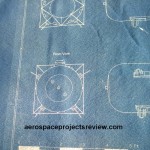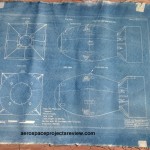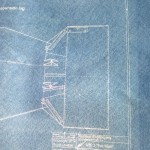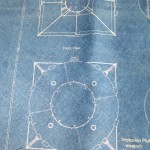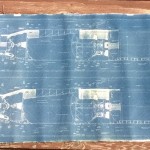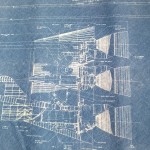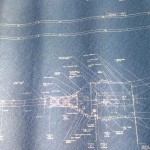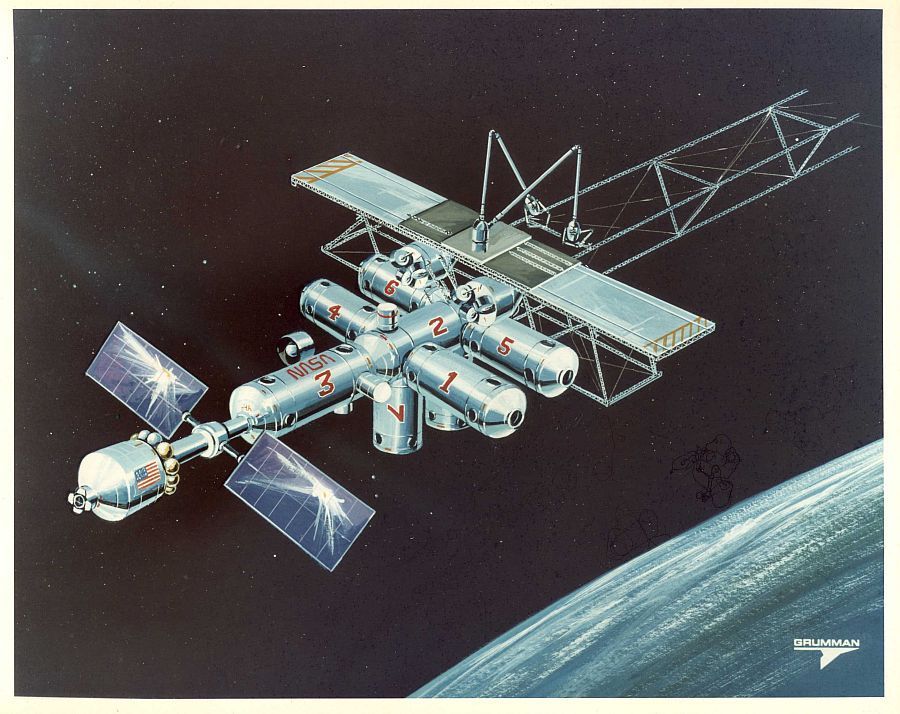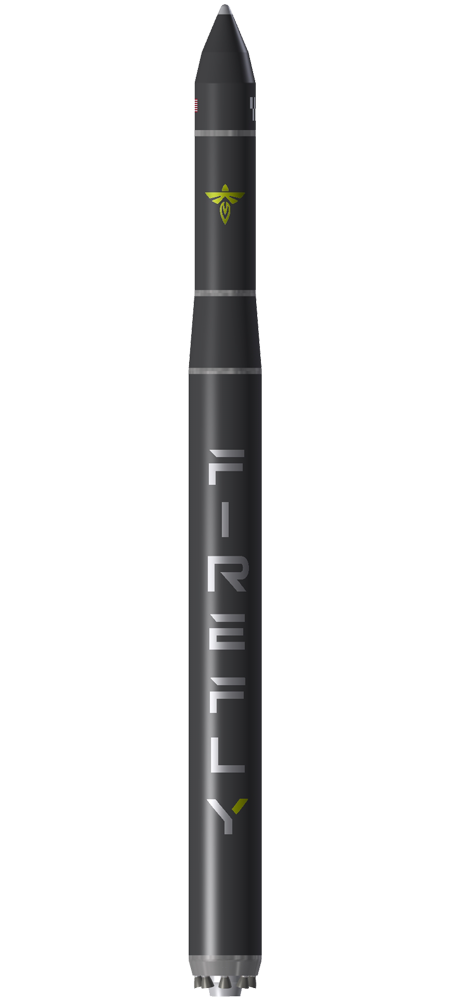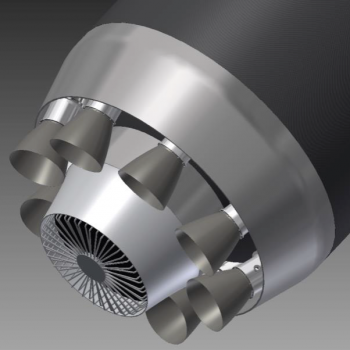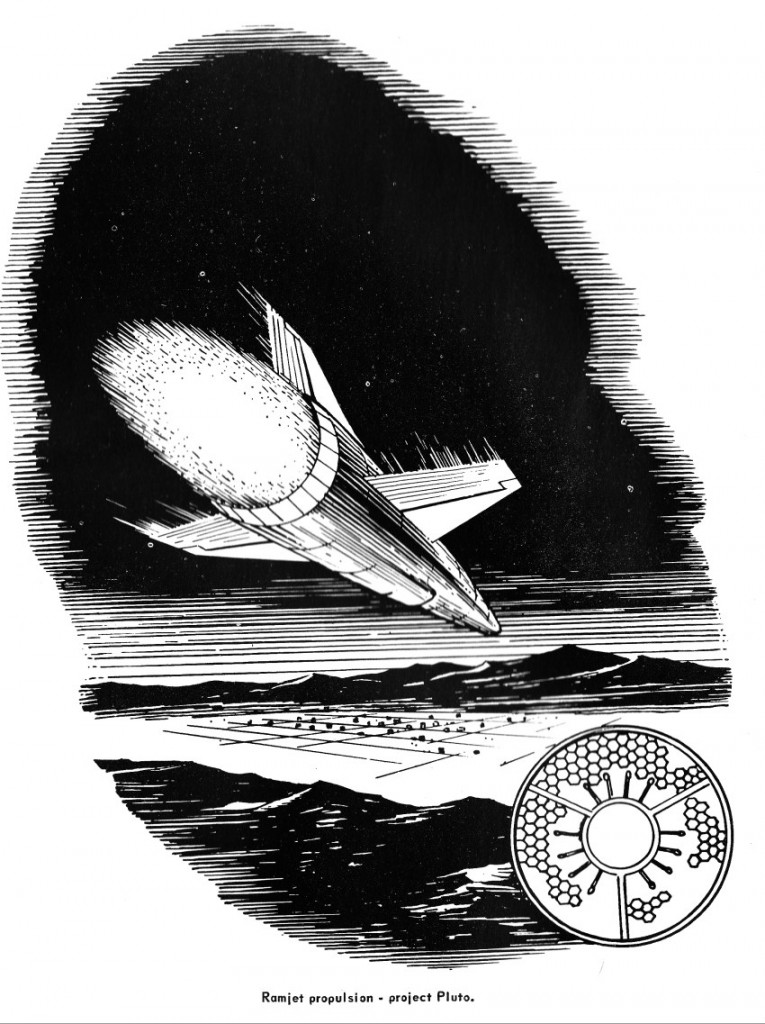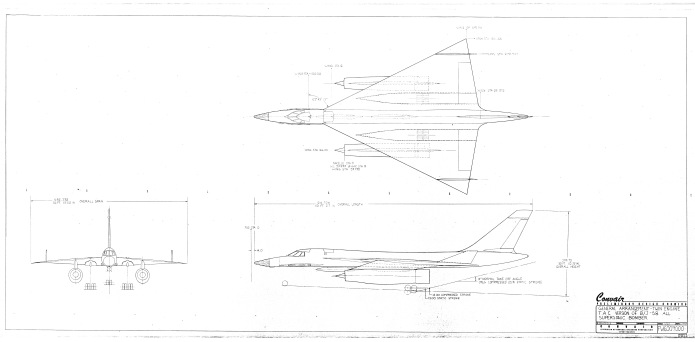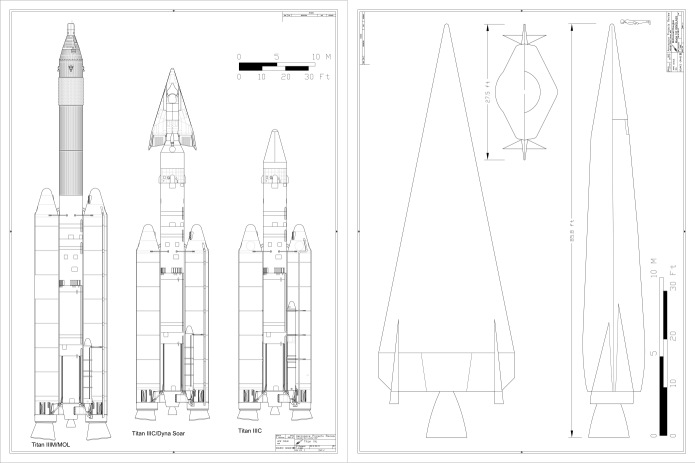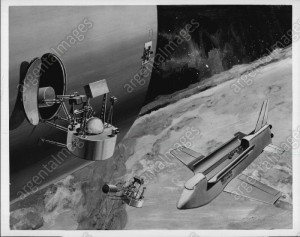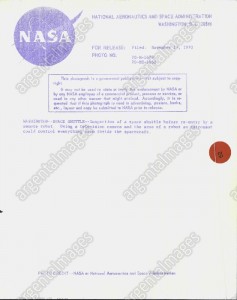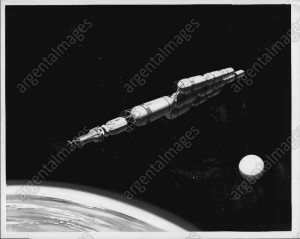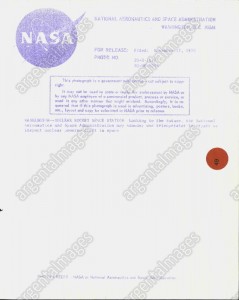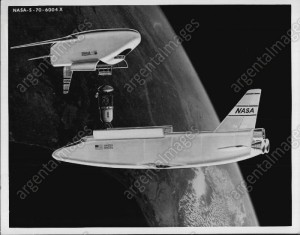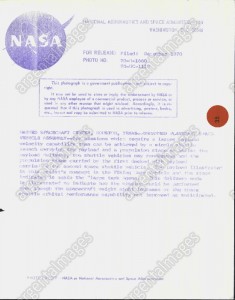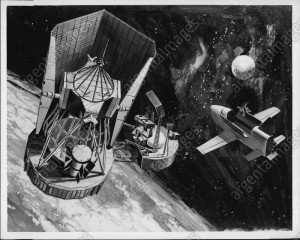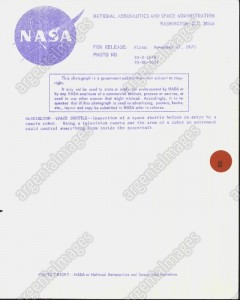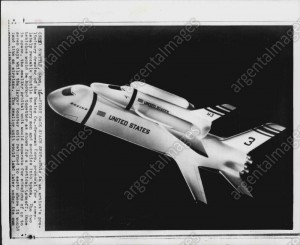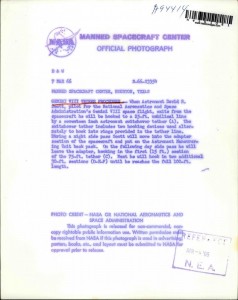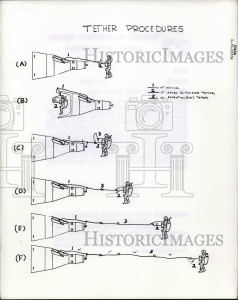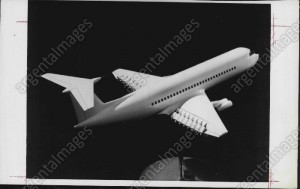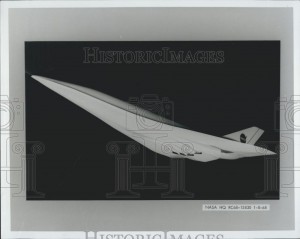A while back I took a stab at printing cyanotype blueprints on canvas (the kind used by artists for painting on). After a rough start, I managed to get the process to work pretty well. It’s more complex and substantially more expensive than cyanotype printing on vellum paper, so I don’t know if I’ll make canvas blueprints available for regular sale like the paper versions. Still, I’ve put the first three successes on ebay if anyone is interested:
The “Firefly α” (“Firefly Alpha“) is a proposed small expendable launch vehicle, payload 400 kilograms. What is supposed to set the design apart:
1) Methane for fuel
2) A plug cluster first stage engine
Methane has been repeatedly proposed over the decades for boosters, but it has never been used. It has higher Isp than kerosene and similar heavy hydrocarbons, but at the expense of low density and being cryogenic.
The plug cluster engine has also often been proposed. The idea: take a large number of small rocket engines and arrange them in a circle (well, as close to a circle as you can get with a finite number of points). Instead of pointing them straight aft, point them ten or so degrees inwards, and put a “plug” in the middle of them. The rocket exhaust then expands against the plug. What you end up with is a simpler version of a toroidal aerospike. The advantage is that you don’t have to develop a really big engine, just a number of smaller ones; and your booster engine now has automatic altitude compensation. This can be a serious issue for first stage boosters; they lift off at sea level and can fly virtually to the vacuum of space, and a rocket engines performance is driven in no small part by how well it compensates for the surrounding atmospheric pressure. If the rocket nozzle it optimized for maximum vacuum performance, this means that the pressure in the exhaust as it expands through the widening nozzles, drops below atmospheric pressure at some point. This can not only rob the nozzle of performance, it can also collapse, crushed like a beer can hooked up to a vacuum pump. A nozzle optimized for sea level, which has the exhaust reach sea level pressure more or less right at the exit plane, works fine all the way to space, but there is a lot of wasted impulse. An aerospike or a plug cluster automatically compensates, so a properly designed engine gets best performance all the way.
The problem: that central plug gets *hot.* Hot enough that cooling is a major, heavy and expensive issue. Further: plug clusters only approximate true aerospikes. Performance can be kinda… meh. The illustrations of the FRE-1 engine look like the performance benefit of the central plug will be minor… the individual rockets have fairly substantial nozzles on them, while the plug only seems to contribute a fairly small additional amount due to its short length. A caveat: truncated plugs can benefit from “virtual” plugs, and that seems to be what’s going on here. If you inject a gas into the central portion of the plug, the rocket exhaust will pressurized said gas, pushing on the engine. The result is much as if you had an actual physical plug… but one you don’t have to worry about overheating. The way this is normally designed, the turbine exhaust from the pumps powering the engines is dumped into the center to for the gas-plug. A dandy way to use turbine exhaust gasses you were just going to dump overboard anyway. But the Firefly is a pressure fed system: the LOX and methane propellants are going to be allowed to boil in their tanks to provide the pressure needed to push the propellants into the engines. So… no turbine exhaust. No spare gasses at all, actually.
Also: autogenously pressurized system like this have another issue. By definition, the liquid propellants being pushed through the system are just a hairs breadth away from boiling. So when they pass through the rocket engin injectors and undergo a pressure drop… they boil. or simply flash straight to gas. If this happens in the combustion chamber… great! But the math shows that this wants to happen in the *injectors.* And what happens is that gas bubbles form in the tiny injector ports, mucking up the works. The easiest way to make sure this doesn’t happen is to carry along pressurant gas like helium. Most of the tank pressurization still comes from the cryogenic propellant boiling, but an additional few (dozen?) PSI are added by the helium. This gives the propellant just enough buffer to make sure it gets all the way through the injector before bubbles form.
I recently bought a Northrop lithograph off of eBay as part of the Patreon upsurge. Sadly, though, the seller screwed up… according to him, the images he posted were not those of the lithograph he was actually selling, but were mistakenly swapped with another Northrop space art lithograph. So I got the wrong one.The one I got was nice, but not the one I was after; and the one I was after… was already gone. Bah. Sometimes things don’t quite work out.
Anyway, this is the lithograph I was *supposed to get:
This is undated, but most likely is from the very late 1950’s or early 1960’s and depicts something vaguely X-15-like (but clearly much larger) going past the moon. Sadly, I have no further information. Is this known to anyone hereabouts?
The first month of my Patreon thingie is up and running now. Available – until next month, when they’ll be replaced by the next set of stuff – are the following:
1) A large format diagram of the B/J-58, a Convair concept for a two-engine tactical B-58
2) A PDF document, “Manned Space Stations and Alternatives” which covers Gemini and Dyna Soar-based small MOL-like station concepts, and includes info on the Gemini satellite inspector/interceptor
3) Two CAD diagrams, one of the McDonnell-Douglas Model 192 ISINGLASS hypersonic rocket-powered recon platform, the other comparing the Titan IIIC with the Titan IIIC/Dyna Soar and the Titan IIIM/MOL.
If you’d be interested in helping me dig up and release this sort of obscure aerospace historical material, or if you want to get in on the rewards, please consider joining my Patreon.
Some PR vids…
I thought these might interest some, even with the heavy-duty watermarks:
This one shows a Max Faget “DC-3”-type orbiter serving as the base of operations for some sort of repair or resupply using teleoperated robots. There was a lot of expectation of such devices being used with Shuttle in the early days, but they (so far) just haven’t proved to be as capable as a guy in a suit.
————-
This one shows a nuclear rocket-powered manned Mars vehicle. It’s called a “nuclear powered space station” in the caption…
———-
This image shows two “DC-3” type orbiters (they look like North American Rockwell designs to me) meeting up to build a single interplanetary probe mission. Neither shuttle was capable of lofting both the deep space booster and the payload, so two launches are required. Of course, this sort of thing never happened.
—————–
This one shows another telerobot in action. The caption on the back says that it’s being used to check over the shuttle prior to re-entry, which doesn’t match the image… but might have been of interest for the crew of Columbia.
————-
This shows a Boeing/Grumman TSTO Shuttle concept. The orbiter uses external propellant tanks; in these sort of designs, the tanks were usually all hydrogen. The much smaller volume of liquid oxygen would be kept in tanks that fit within the orbiter, and would of course come back. The reusable booster was necessarily gigantic.
—————-
This one is kinda different: a plan for how astronaut David Scott was supposed to test the Astronaut Maneuvering Unit on Gemini VIII. This test was not carried out, since the spacecraft suffered a stuck valve on a thruster, went into a rapid tumble, nearly killed the crew and the mission was promptly aborted. The same sort of test was attempted on Gemini IX, and proved nearly as disastrous. Eugene Cernans space suit was specially made for the test, with an outer layer of woven steel “pants.” This was due to the fact that the AMU used hydrogen peroxide for propellant, exhausting superheated steam and oxygen exhaust. But the woven steel made the pressurized pants almost totally rigid, making the spacewalk back to the AMU a serious chore. As a result, his faceplate fogged up and he was nearly blind. He never got into the AMU, and it was never launched again. The Manned Maneuvering Unit tested on the Shuttle used cool pressurized nitrogen, negating the need for steel pants.
—————–
This one is, I believe, from the late 1970s and depicts a jetliner with a multitude of small turbofan engines along the trailing edge of the wing. The engines would deflect with the control surfaces, providing thrust vectoring for STOL flight.
——-
Finally, everyone’s favorite… a hypersonic transport. Designs like this one from 1968 tended to be powered by scramjets which, forty-plus years later we still haven’t gotten to work in any really meaningful way. Whoopee.
The Bell V-280 “Valor,” to be more accurate. And more accurately still, a video of the full-scale mockup being assembled. This is Bell’s hoped-for tactical tiltrotor, considerably smaller than the V-22, roughly the size and capacity of the Sikorsky UH-60 Black Hawk but substantially faster.
[youtube Q4UDtTrL-rE]
